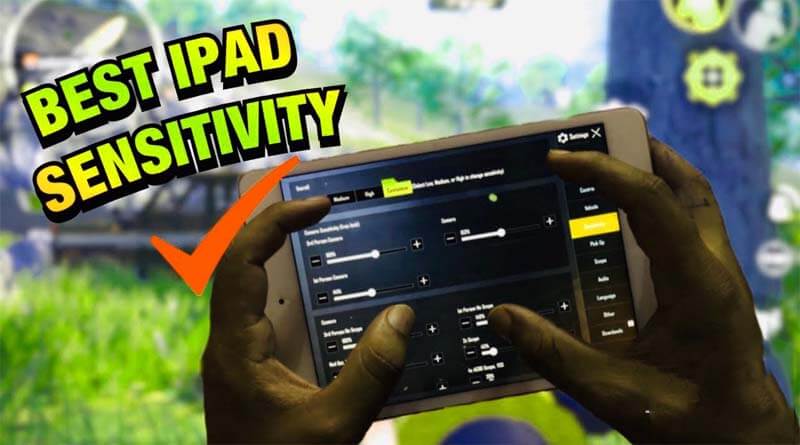A liquid conductivity sensor is an essential device in monitoring and controlling various liquid-based industrial processes. These sensors are useful in a range of applications, including pharmaceutical manufacturing, water treatment plants, and chemical processing. When selecting a liquid conductivity sensor, one of the most critical factors to consider is sensitivity. In this blog, we will explore the importance of sensitivity and how to use the Conductivity Sensitivity Data Chart to determine the ideal probe wire distance.

Understanding Sensitivity
Sensitivity refers to a liquid conductivity sensor's ability to detect small changes in the conductivity of a liquid. It is an essential characteristic that directly affects the accuracy and reliability of the sensor. A highly sensitive sensor can detect even minute changes in a liquid's conductivity, making it ideal for precise process control.
Conductivity Sensitivity Data Chart
The Conductivity Sensitivity Data Chart is a useful tool in selecting the optimal probe wire distance for a liquid conductivity sensor. It displays the maximum probe wire distance at which the sensor can still detect changes in the liquid's conductivity accurately. The chart is typically included in the sensor's documentation or can be found on the manufacturer's website.
Using the Data Chart
To use the Conductivity Sensitivity Data Chart, start by selecting the sensor model based on the application's requirements. The chart will provide a minimum and maximum probe wire distance that the sensor can detect accurately. The probe wire distance refers to the distance between the sensor probe and the liquid's surface.
In general, the sensitivity of a liquid conductivity sensor decreases as the probe wire distance increases. This is because the signal strength decreases as the signal travels farther away from the probe. Therefore, it is essential to select a probe wire distance that allows the sensor to detect small changes in conductivity accurately.
Application Examples
The Conductivity Sensitivity Data Chart is especially useful in applications where precise process control is essential. For example, in a water treatment plant, the conductivity of the water must be closely monitored to ensure that it meets the required standards. A highly sensitive liquid conductivity sensor can detect even minor changes in the water's conductivity, allowing for precise adjustments to maintain the required water quality.
Another example is in the food and beverage industry, where liquid conductivity sensors are used to monitor the quality of beverages such as beer, wine, and soft drinks. The sensors can detect changes in the conductivity of the liquid caused by variations in the production process, allowing for adjustments to maintain the desired taste and quality.
Conclusion
Sensitivity is a critical characteristic in selecting a liquid conductivity sensor for accurate and reliable process control. The Conductivity Sensitivity Data Chart is a useful tool in determining the optimal probe wire distance for a sensor, ensuring that it can detect even minor changes in the liquid's conductivity. By using the chart, manufacturers, engineers, and operators can select the most suitable sensor for their application, resulting in improved quality, efficiency, and profitability.